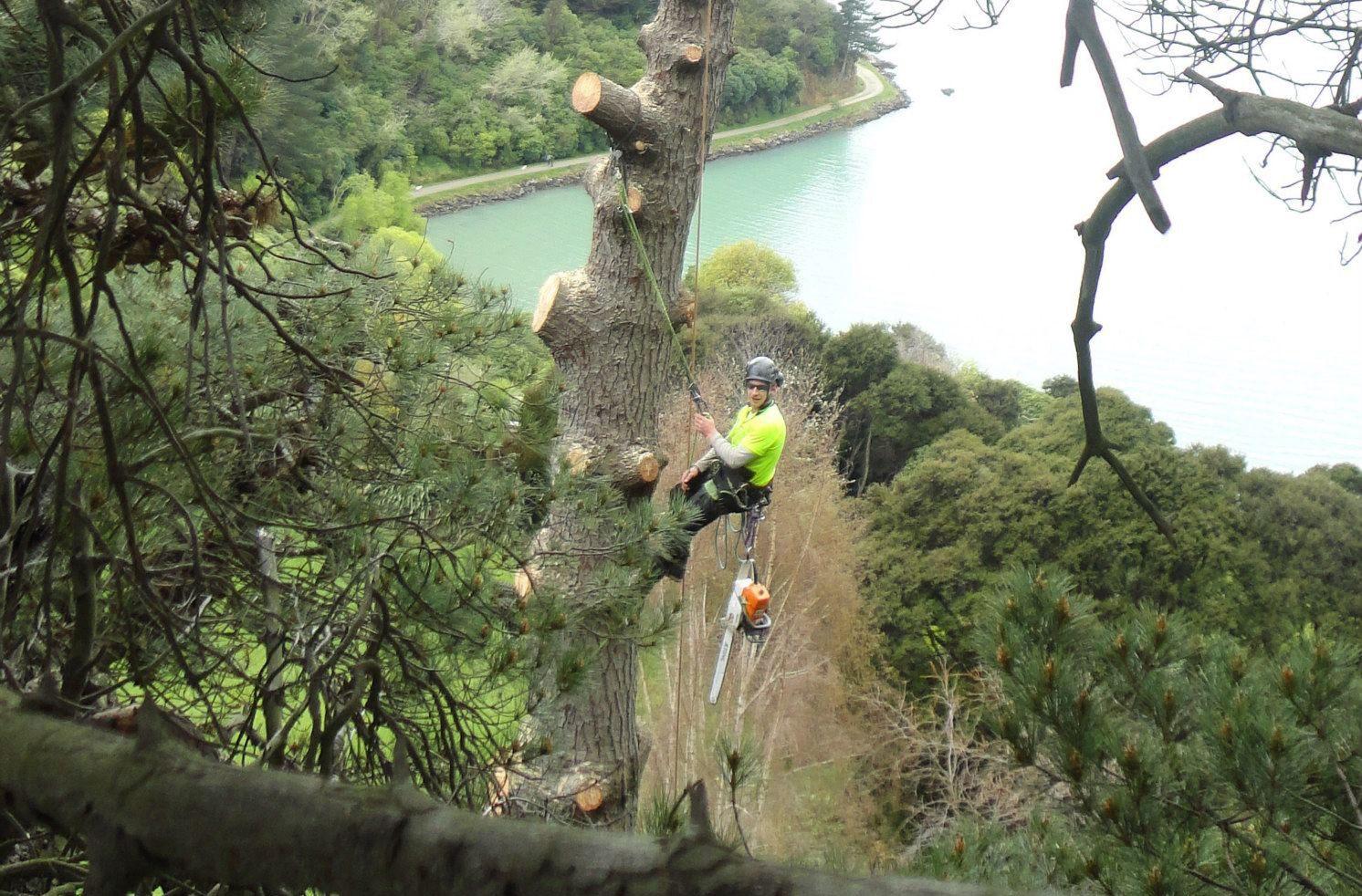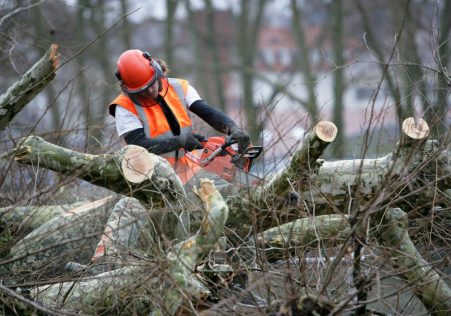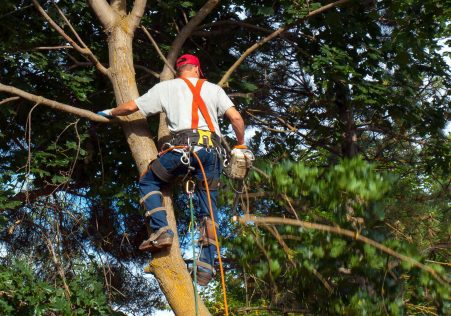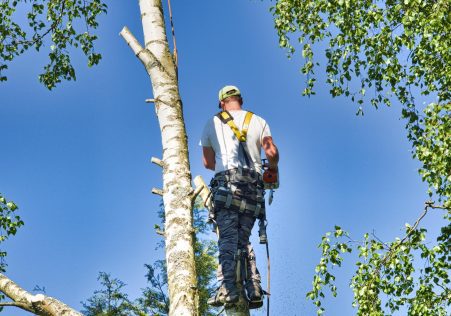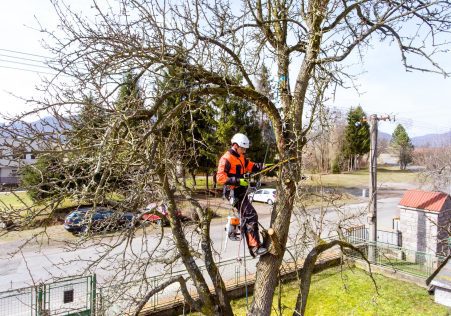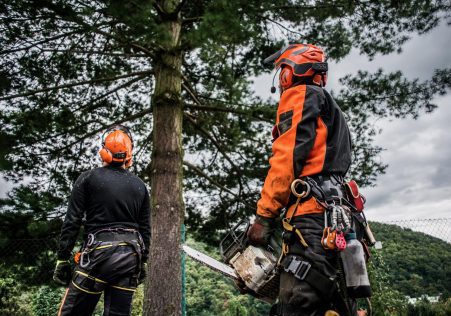The Surprising Longevity of Tree Roots After Cutting Down
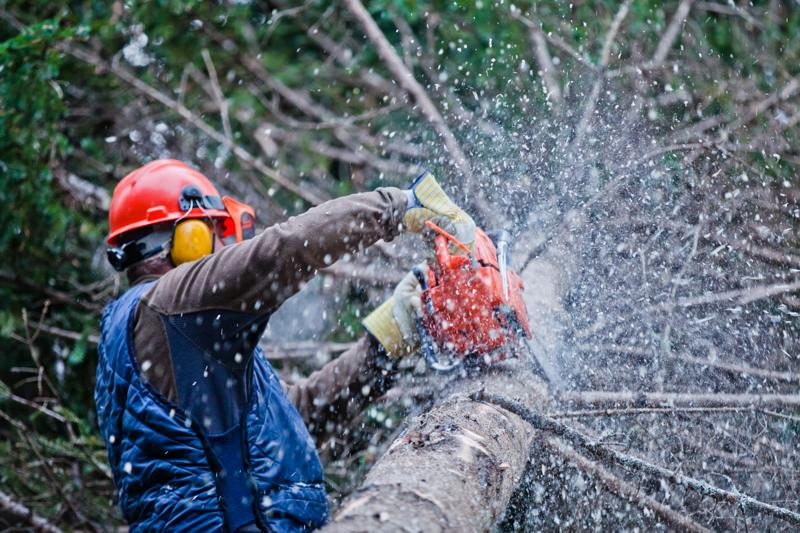
Tree removal is a crucial job for homeowners, but it’s not as simple as cutting off the trunk and leaving the roots to decompose. Knowing the life span of tree roots is vital in ensuring it is carried out correctly and safely. This article we’ll look at the time that roots last after a tree is removed and address some of the most frequently-asked concerns about this subject.
How long do tree roots last after cutting them down?
The life span of the tree’s roots after it is cut down may vary widely based on the species that the tree is, as well as the length of the roots, as well as the conditions in which they are located. It is generally reasonable to believe that the roots of trees will continue to live for many years after a tree has been cut down. The reason for this is that the roots are capable of taking in water and nutrients from the soil and absorbing nutrients from the soil, long after the plant is removed.
Factors that Affect the Longevity of Tree Roots
There are several variables that affect the life span of tree roots after a tree is cut down. A few of them are the species of trees There are certain species of trees that have roots that are more resilient and more durable than other species. For instance, oak tree roots are known to live for several decades after the tree is cut down. Size of roots: The larger the roots of a tree is, the longer they’ll likely last after the tree has been removed. This is because bigger roots are able to absorb nutrients and moisture out of the soil. Environment conditions: The soil kind, temperature, and levels of moisture in the region in which trees were removed will influence the lifespan and longevity of roots. When the soil becomes dry, compacted and degraded, the roots will decay faster. In the case of soil that is well-drained and moist, it will be longer lasting for the roots.
What happens to tree Roots After cutting them down?
If trees are cut down the roots slowly start to break down. The process could take several years depending on the circumstances discussed above. At this point, the roots will slowly release nutrients back into the soil, which is beneficial to other plants within the region. After the roots have completely decomposed, they will not pose a risk to the surrounding landscapes or structures.
FAQs:
Do tree roots grow back after cutting down?
No, tree roots cannot grow back after a tree been removed. After the roots have been removed, they slowly start to decay and cease to be capable of growing again.
Are tree roots able to continue to grow after cutting down?
No, tree roots aren’t going to continue to grow after a tree has been taken down. However, they’ll continue to live for several years, as they’re still capable of absorption of nutrients and moisture in the soil.
Are tree roots likely to continue to spread after the cutting?
It is not true that tree roots aren’t going to continue spreading after a tree is taken down. After the tree is taken down, the roots will slowly begin to decompose and will cease to pose a threat to the landscape or surrounding structures.
Conclusion:
In conclusion, the duration of tree roots after the tree is cut down can vary greatly dependent on a variety of factors. Knowing the duration the roots of trees will last is essential to ensure that the tree removal process is done properly and safely. If you own an existing tree that requires to be removed, it is always best to hire a professional Sydney Tree Lopping Services arborist to carry out the job. Our highly-trained and experienced arborists have the tools and know-how to safely and efficiently remove trees and address any concerns regarding the longevity and longevity of roots. Contact us today at 1300 291 794 to schedule a consultation and find out more about our tree removal services in Sydney. Don’t risk damaging your property or putting yourself at risk by attempting to take down a tree on your own. Let the professionals at Sydney Tree Lopping Services handle all of your tree removal needs.

